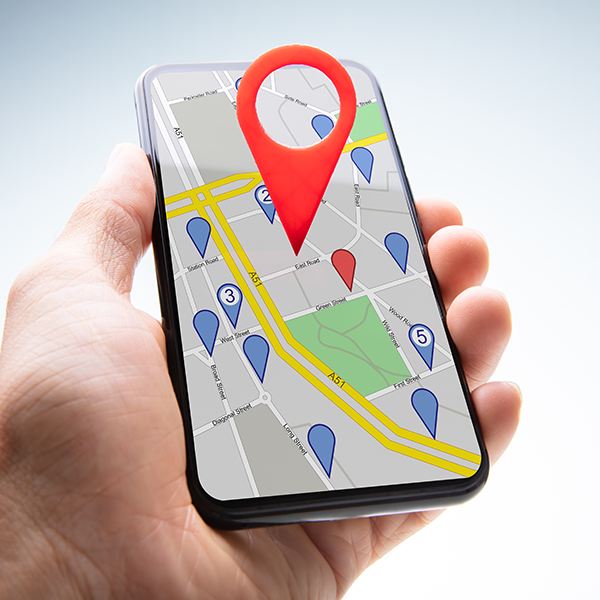The Barriers to Mobile SEO

Thanks to soaring smartphone usage, mobile SEO is proving more important and more accessible than ever before. There are barriers that exist, however, which could negatively impact the impression and traffic volume that result from pages already positioned on the search listings. Learn what they are and how to avoid them before it's too late.
The Role of Design
Responsive design, which is the recommended approach for websites considering going mobile today, has quickly become the default choice for most digital enterprises and their designers. The result? Most of the work done on your desktop SEO initiatives (there should still be some custom keyword research to identify terms and phrases used by smartphone users) will carry over and benefit mobile visibility as well. If you're currently using a responsive design, congratulations, your mobile SEO task list is complete.
There remain some holdouts to the "design once, deploy anywhere" scenario for whatever reason (often technical demands forced by a specific platform or software solution). Fortunately, other methods are available including serving up separate mobile URLs, as well as dynamically serving content.
Redirect Trouble
Websites that use separate URLs to serve desktop and smartphone users are most prone to having trouble with redirects - directing users from a desktop page to an incorrect mobile URL. As Google noted in early June 2013, faulty redirects are one of the most significant barriers to success with mobile SEO. Fortunately, there's a rather simple solution. If you're using separate mobile URLs, make sure to use the rel="alternate" tag on the desktop version of a site when pointing to a mobile URL, and the rel="canonical" tag on the mobile version when pointing to the desktop version of your site.
For those websites serving content dynamically or depending on the user agent, consider using the Vary HTTP header on those URLs that serve redirects automatically. Using this approach provides a hint to Google, in particular, about how to understand a website's configuration.
Mobile Speed
Mobile speed is another significant potential barrier to monitor. Longer load times (caused at least in part by all that redirecting that's occurring) are typically the result of a delay rendering external JavaScript and CSS. Brian McQuade, who leads the Page Speed team at Google, put together a very useful guide to making mobile pages render in less than one second, which is a must-read for both designers and developers.
Other Barriers There are a handful of other technical barriers to mobile SEO that digital marketers should be aware of. For example, Google warns webmasters against the use of app download interstitials, which it claims may cause indexing issues of smartphone-optimized content because it may be disruptive to the visitor's usage of a site - essentially, it's annoying.
For the most part, those responsible for mobile SEO should simply be cognizant of the experience they're developing. They should opt to reduce or remove website elements (like video) that are difficult, or sometimes impossible, to view on a smartphone, replacing them with elements more appropriate for a mobile audience, such as a location finder or map, perhaps even a click-to-call option.

Subscribe to Our Newsletter!
Latest in Mobile Marketing










